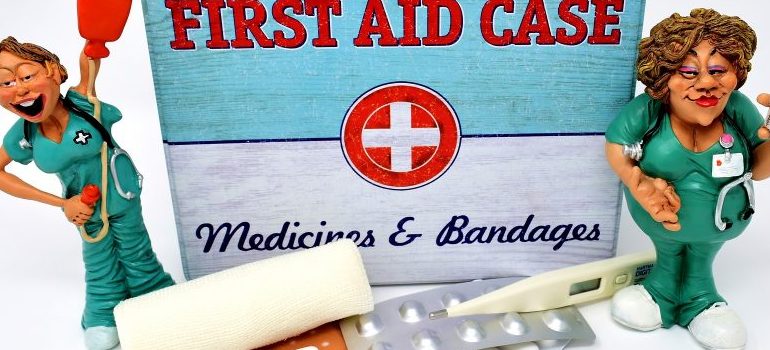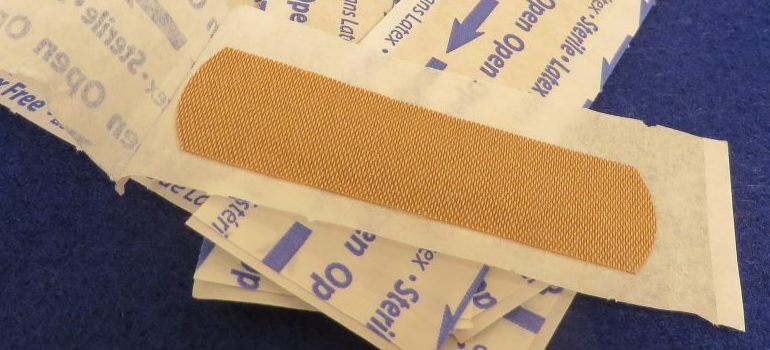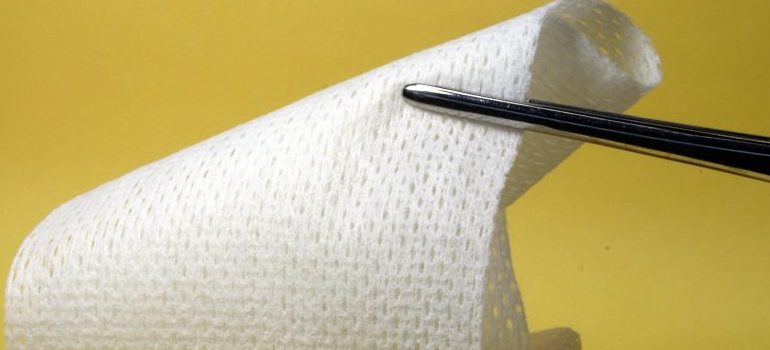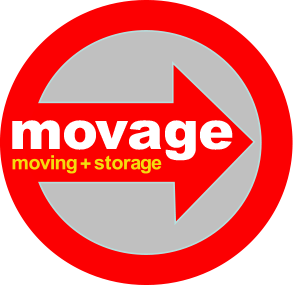What To Put In Your Home’s First Aid Kit
As one of the finest moving companies NYC, we provide you with a seamless relocation experience!
GET A FREE QUOTE
Having a first aid kit in your house is really important. Regardless of whether it is an actual kit or if it is a space where all of your medical items are stored, the first aid kit is a household staple. The fact of the matter is that accidents do happen. You need to be able to react accordingly and on time. A first aid kit is something that you always want to have with you, not give it to international shipping companies NJ to transport. Keep your home’s first aid kit close at all times, you never know when you will need it. This article will explore what you always need to have in your kit.
Why is having your home’s first aid kit important?
Many households do not have a designated first aid kit. That is perfectly fine in most homes because they have a designated place where all their medical equipment is stored. The point is that whenever you need something for emergencies, you know where to go and what to look for. For example, let’s say that your interstate movers NJ brought all of your items to your new home. You are unpacking glassware, something breaks and you get a cut that starts bleeding profusely. You don’t have that space where the medical items are anymore. If you did not prepare a first aid kit, you are in for a stressful scramble to figure out where to find what you need. All the while you are bleeding. Yikes!
That is only one situation where having a first aid kit is handy. In order to avoid any confusion, make sure that every member of the household knows exactly where the medical items are, at all times. You never know who will have to run to fetch something!

How to build your home’s first aid kit?
Now, the first aid kit is something that is portable. In order to build a proper first aid kit, you need to figure out what is going to be in it. You can’t simply cram everything that you may ever need because that would make the kit humongous. And large items are not very portable. Figure out what are the most likely dangers that might occur and build a kit around that. Are you in an area with many insects? Your kit will need to contain solutions for insect bites. You build your kit around your situation and surroundings. Or you may build your kit around dangers that lurk in the campsites if you and your family go camping a lot.
All in all, you build the kit around the most likely things that might happen. Ideally, you would have every solution for every single thing that might happen. But since that is impossible, you need to go with what is when building your home’s first aid kit. Don’t really overthink it much, a medium-size zipper case is often more than enough to hold all of the items that a regular kit needs to have.
Basic first aid items
Speaking of regular items, here is what every first aid kit needs to contain:
- Band-aids
- Wound cleaning agent
- Items that should be in your homes first aid kit – Gloves and gauze
- Triangular bandages
- OTC medications

Band-aids
These are so useful that you can’t think of any first aid kits that do not contain band-aids. If you happen to lacerate yourself in any way, usually the best solution is to simply put a band-aid on it! And if you have kids, you already know how useful these items can be, especially if you are preparing to move with your children. Always have a number of these in your kit and replenish your stock as needed. They can go out surprisingly fast in larger households! The best ones are made out of fabric and are waterproof but any band-aid will do the job. The best ones simply hold longer and stronger.
Wound cleaning agent
But before you can apply the band-aid, you need to make sure that the wound is clean. For this, you will need a wound cleaning agent, such as antiseptic wipes. If your kit has room in it, the best solution would be to have a small bottle of hydrogen peroxide. You can also use isopropyl alcohol for wound cleaning but note that it stings quite a bit. If your patients are usually the kids, it may be best to take the wipes or hydrogen peroxide. It really is a big difference in the sting.
Items that should be in your homes first aid kit – Gloves and gauze
Gloves are really important items to have because they will prevent you from coming into contact with other bodily fluids that may cause you harm. You never know when you might need the gloves but you will surely be happy you have them when you need them! As for gauze, when you need it you really really need it. You need gauze to create pressure and stem bleeding. A good tip is once you apply the gauze and the pressure, don’t ever let go to see if the bleeding stopped. Just hold on and get to a doctor!

Triangular bandages
These items are the “swiss army knife” of your first aid kit. You can use them in so many ways, such as creating a sling and a swathe in case of a broken collar bone, for example, for almost any kind of a sling for your feet or ankles. You can even wrap a pillow around your foot with it! They can also be used as pressure dressings. Every first aid kit needs to have a couple of triangular bandages and that is a fact. Having a home’s first aid kit won’t help you much if you are not careful. Therefore, you should learn how to stay safe during your move too!
OTC medications
Finally, your kit needs to contain some over the counter medications, as well. Painkillers that contain ibuprofen, such as Advil and Motrin, and acetaminophen (Paracetamol, Tylenol) all need to be in your kit for pain relief and fever-reducing. There are some more that you may want to consider, such as diphenhydramine. All in all, the best thing to do when creating your supply is to talk to your doctor about the possible effects of these medications. Never buy something without consulting with a doctor first. You never know what kind of effect it might have on you!
